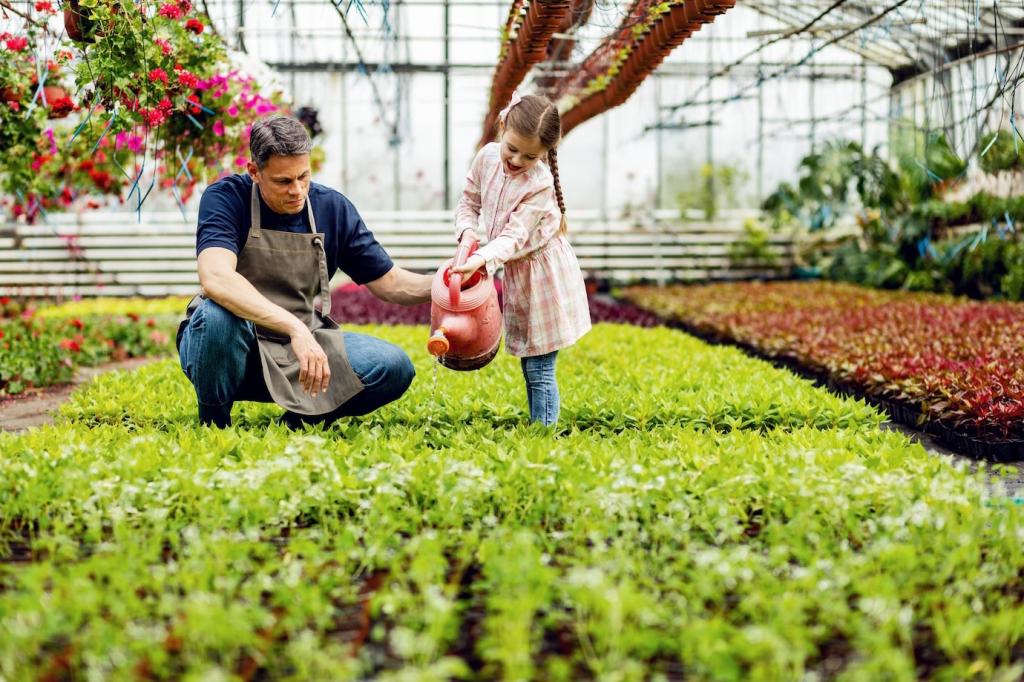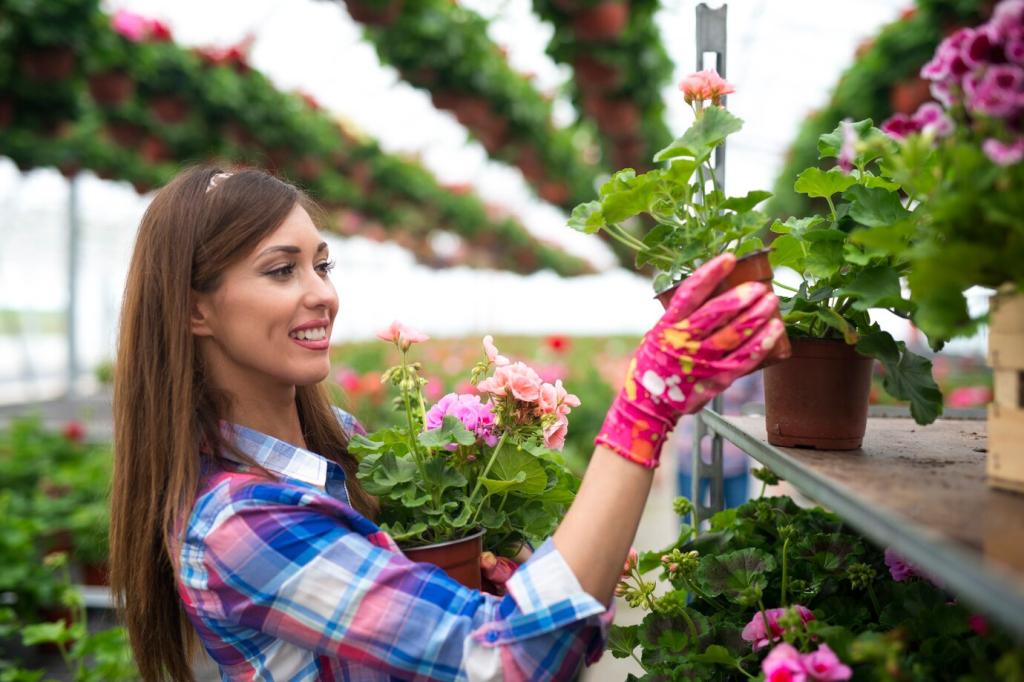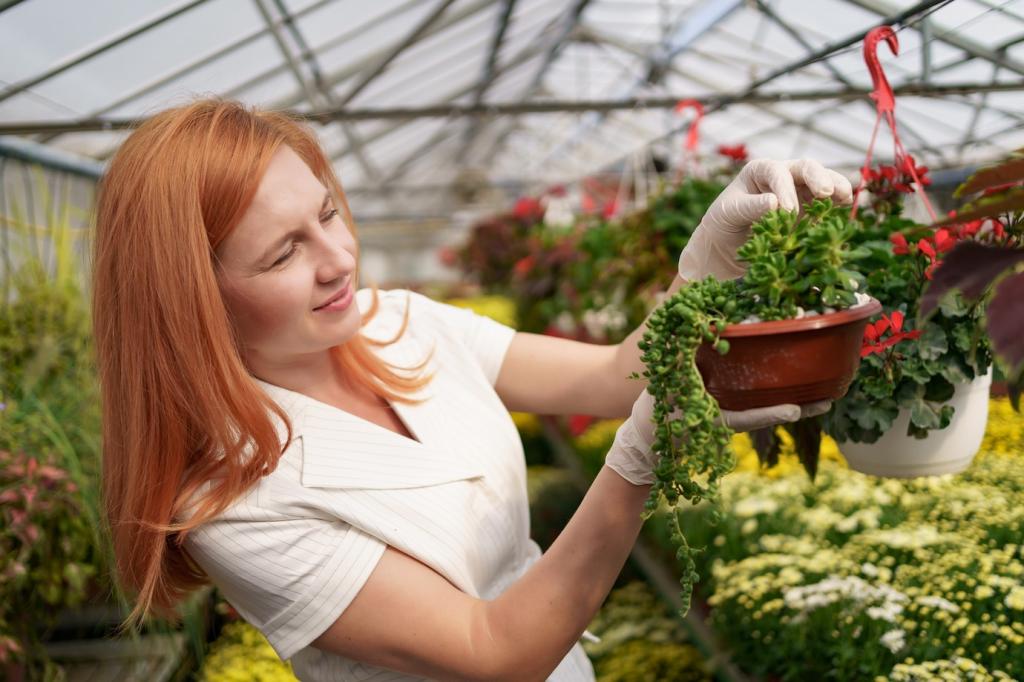This website uses cookies so that we can provide you with the best user experience possible. Cookie information is stored in your browser and performs functions such as recognising you when you return to our website and helping our team to understand which sections of the website you find most interesting and useful.
Urban Vertical Gardening Solutions
Urban vertical gardening solutions are revolutionizing the way city dwellers interact with nature. As more people inhabit urban environments, innovative gardening techniques make it possible to cultivate lush green spaces, even in the most compact areas. These solutions not only bring aesthetic value to cityscapes but also provide practical benefits such as improved air quality, increased access to fresh produce, and enhanced well-being. By utilizing the vertical dimension of buildings and limited outdoor spaces, urban vertical gardening addresses space constraints and embodies sustainable living practices. This approach is transforming balconies, rooftops, and bare walls into vibrant ecosystems, enriching urban life for residents and communities alike.

Innovative Design Concepts
Sustainable Materials and Practices

Plant Selection for Urban Environments
Technological Integration

Improved Air Quality

Stress Reduction and Mental Health


